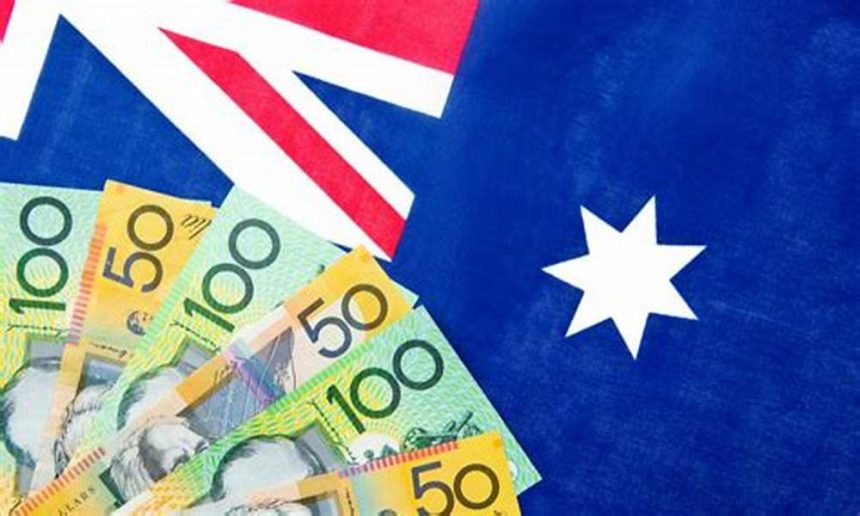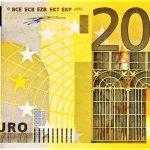Australian Dollar rose as risk appetite strengthened.
On Friday, the Australian Dollar (AUD) retraced its recent gains against the US Dollar (USD), as risk-on mood rose. Traders are waiting for US Federal Reserve (Fed) Chair Jerome Powell’s remarks at the Jackson Hole Symposium later in the North American session.
AUD may rise further du e to hawkish sentiment regarding the RBA’s policy outlook.
The Australian Dollar pair may climb further as a result of the Reserve Bank of Australia’s (RBA) hawkish perspective on policy. RBA Governor Michele Bullock stated that the Australian central bank will not hesitate to hike interest rates again to battle inflation if necessary. Furthermore, the RBA’s August Meeting Minutes indicated that the cash rate could remain steady for a lengthy period.
US Composite PMI indicated that business activity is still expanding, with 19 consecutive months of growth.
On Friday, the US dollar (USD) fell against the backdrop of falling Treasury yields. The mixed S&P Global Purchasing Managers Index (PMI) data issued on Thursday, on the other hand, boosted the greenback.
The US Composite PMI fell slightly to 54.1 in August, a four-month low, from 54.3 in July, but still exceeded market estimates of 53.5. This shows that US business activity is expanding, with 19 consecutive months of growth.
Daily Market Movers: Australian Dollar Appreciates Due To Improved Risk Sentiment.
Australian Dollar (AUD) retraced its recent gains against the US Dollar (USD). The CME FedWatch Tool suggests that The market now expects the Fed to decrease interest rates by 25 basis points (bps) in September, up from 62.0% the day before. The probability of a 50 basis point rate cut fell to 26.5% from 38.0% the day before.
The S&P Global US Services PMI rose to 55.2 in August 2024 from 55.0 in July, surprising expectations that it would fall to 54.0. Meanwhile, the Manufacturing PMI fell to 48.0 in August from 49.6 the previous month, falling short of market forecasts of 49.6 and indicating the second consecutive loss in US manufacturing activity at the fastest rate this year.
Australia’s Judo Bank Composite Purchasing Managers Index (PMI) increased to 51.4 in August from 49.9 in July. This rise reflects Despite a more dramatic contraction in industrial production, the economy expanded at its quickest rate in three months, owing to improved performance in the services sector.
Federal Reserve Bank of Boston President Susan Collins stated that it will soon be appropriate to begin decreasing interest rates.
On Thursday, Federal Reserve Bank of Boston President Susan Collins stated that it will soon be appropriate to begin decreasing interest rates, adding that the speed of any cuts will be determined by incoming data. Meanwhile, Kansas City Fed President Jeff Schmid stated that he is closely evaluating the factors driving the increase in the unemployment rate and will rely on data to decide whether to support a rate cut next month.
According to preliminary data, the Judo Bank Australia Services PMI rose to 52.2 in August from 50.4 in July, representing the fastest increase in services output in three months. Meanwhile, the Manufacturing PMI rose slightly to 48.7 from 47.5, indicating a persistent but slower drop in the sector’s health for the seventh consecutive month.
According to the FOMC minutes from July’s policy meeting, most Fed members agreed last month that they would likely lower their benchmark interest rate at the September meeting as long as inflation remained low.
According to the RBA Minutes released on Tuesday, board members contemplated raising interest rates earlier this month before deciding that maintaining current rates would best balance risks. Additionally, RBA members agreed that a rate drop is unlikely in the near future.









